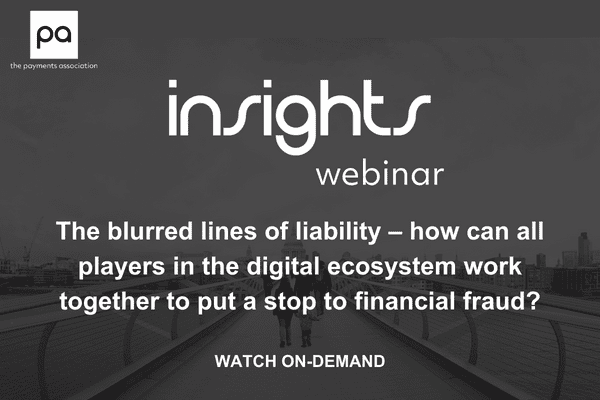The ubiquitous adoption of digital technologies and a huge uplift in e-commerce has resulted in unprecedented levels of online financial fraud. The UK alone saw a 71% increase from 2020 to 2021 with £583 million in APP fraud losses, while the US experienced a 70% increase in fraud losses within a year, totalling at $5.8 billion.
The pressure to safeguard consumers and develop robust cross-sector fraud prevention strategies is mounting. So, how can banks and big tech work together to tackle this issue and take liability for the part they play in online fraud? Could the ‘’Polluter Pays’’ principle balance the liability scales? What other models would acknowledge the complexity of the digital landscape and offer fraud protection strategy fit for the digital future?
14:00 Welcome remarks
Chair: Philip Creed, Director, fscom
14:10 Fireside Chat:
How can regulation help tackle the explosion in online financial fraud? Let’s talk about long-term, sustainable plans for fraud prevention and detection.
Speakers:
Moderator – Philip Creed, Director, fscom
Mike Haley, Chief Executive Officer, Cifas
14:30 Panel Discussion with Live Q&A:
How can banks and big tech work together to get ahead of the fraud problem?
Speakers:
Moderator – Philip Creed, Director, fscom
Claire Simpson, Senior Manager, Payments Systems Regulator
David Heron, Head of Standards, Pay.UK
Alasdair McFarlane, Head of Fraud Prevention & Response, NatWest Group
15:20 Chair’s Closing remarks
15:30 Event End

The Payments Association
St Clement’s House
27 Clements Lane
London EC4N 7AE
© Copyright 2024 The Payments Association. All Rights Reserved. The Payments Association is the trading name of Emerging Payments Ventures Limited.
Emerging Ventures Limited t/a The Payments Association; Registered in England and Wales, Company Number 06672728; VAT no. 938829859; Registered office address St. Clement’s House, 27 Clements Lane, London, England, EC4N 7AE.







Log in to access complimentary passes or discounts and access exclusive content as part of your membership. An auto-login link will be sent directly to your email.
We use an auto-login link to ensure optimum security for your members hub. Simply enter your professional work e-mail address into the input area and you’ll receive a link to directly access your account.
Instead of using passwords, we e-mail you a link to log in to the site. This allows us to automatically verify you and apply member benefits based on your e-mail domain name.
Please click the button below which relates to the issue you’re having.
Sometimes our e-mails end up in spam. Make sure to check your spam folder for e-mails from The Payments Association
Most modern e-mail clients now separate e-mails into different tabs. For example, Outlook has an “Other” tab, and Gmail has tabs for different types of e-mails, such as promotional.
For security reasons the link will expire after 60 minutes. Try submitting the login form again and wait a few seconds for the e-mail to arrive.
The link will only work one time – once it’s been clicked, the link won’t log you in again. Instead, you’ll need to go back to the login screen and generate a new link.
Make sure you’re clicking the link on the most recent e-mail that’s been sent to you. We recommend deleting the e-mail once you’ve clicked the link.
Some security systems will automatically click on links in e-mails to check for phishing, malware, viruses and other malicious threats. If these have been clicked, it won’t work when you try to click on the link.
For security reasons, e-mail address changes can only be complete by your Member Engagement Manager. Please contact the team directly for further help.